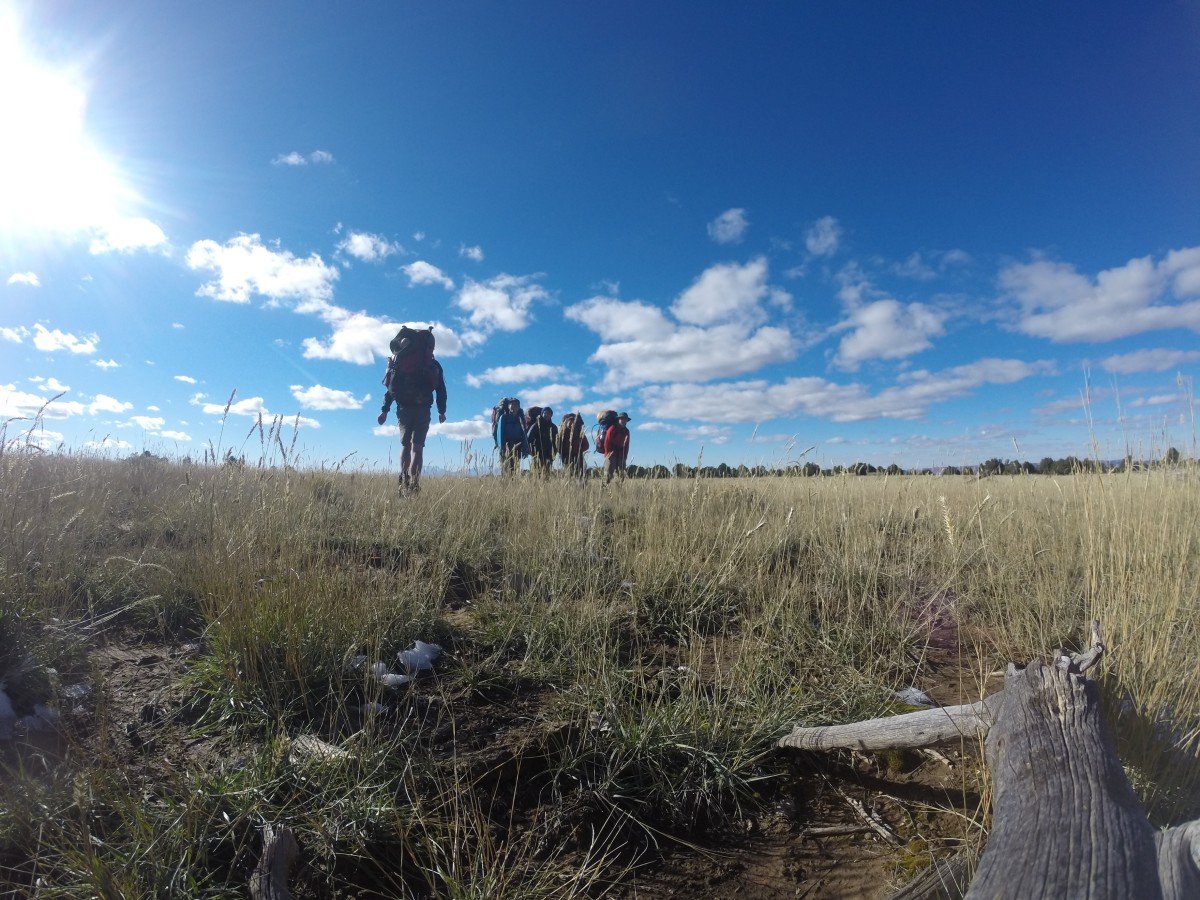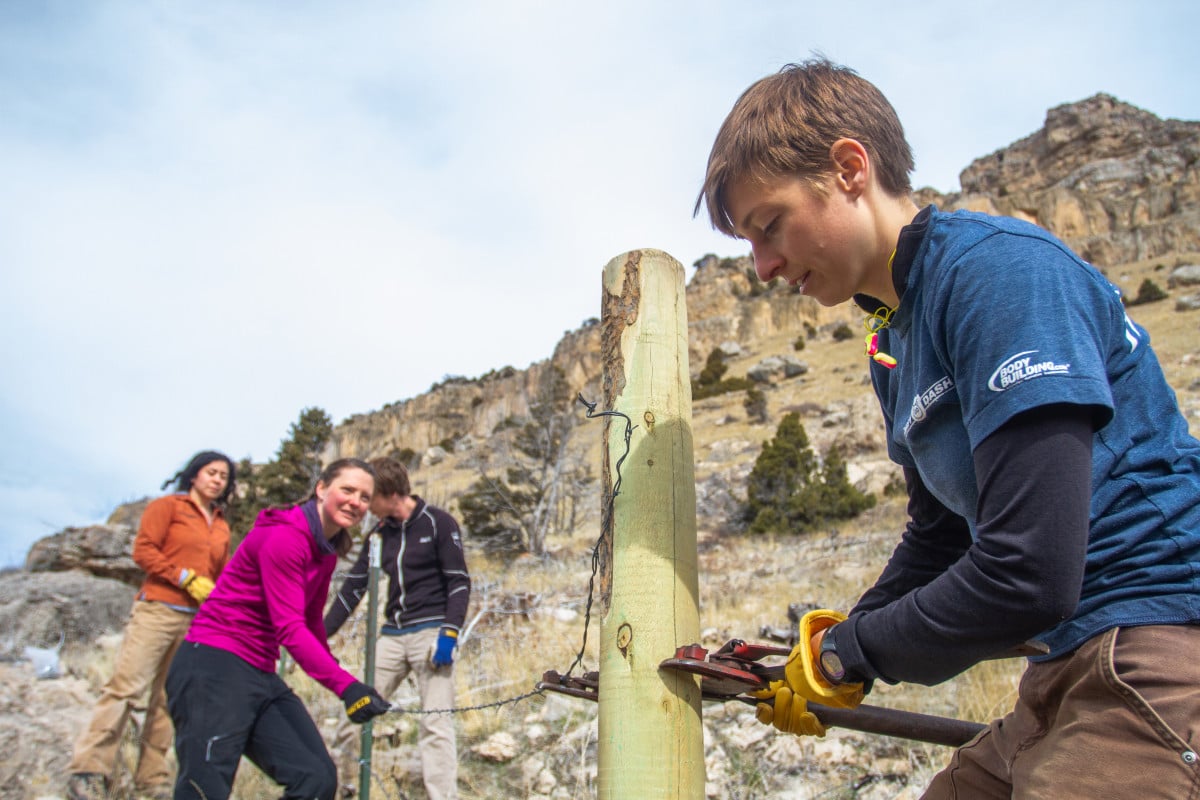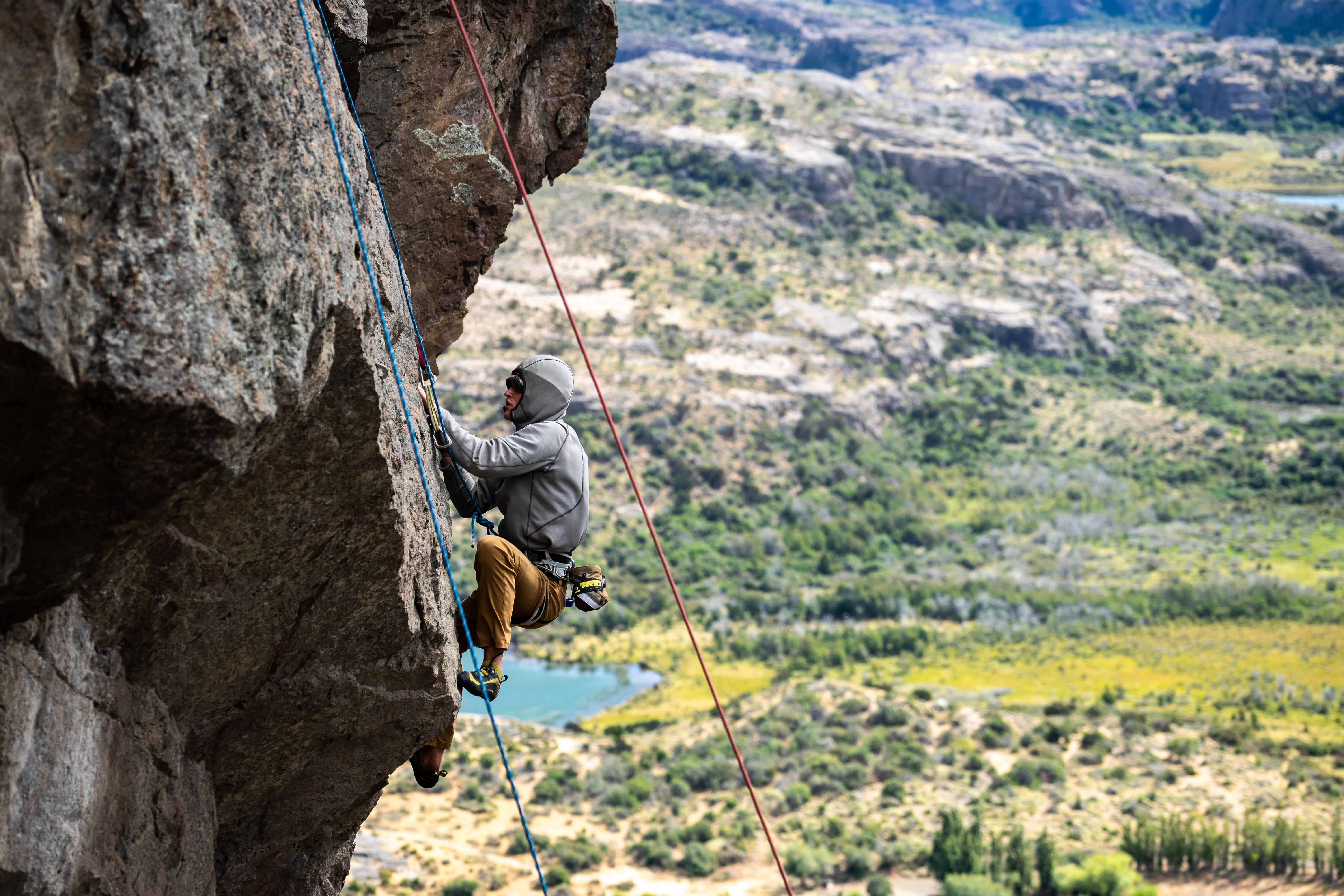
The Setting
You’re the supervisor for several crews doing volunteer trail maintenance in a local national forest.
Since your crew leaders are new, you decide to head out to their work sites to check on their work. (Plus, it’s a good reason to get out of the office, away from email, and enjoy a hike in the hills.)
The weather has been unusually hot and humid, with daytime temperatures in the 90s °F (30s °C).
You find one of your crews around lunchtime resting under a few trees. They look lethargic and tired.
One crew member is lying on his back with his feet elevated and a wet bandanna on his forehead. Your crew leader gives you a SOAP report on the patient.
SOAP Report
Subjective
The patient is a 19-year-old male who complains of weakness, dizziness, heat stress, and a headache.
Objective
The patient is supine with feet elevated. He denies any injuries and head to toe exam does not find any sign of injury.
Vital Signs
|
Time |
11:00 a.m. |
|
Level of Responsiveness (LOR) |
A+Ox4 |
|
Heart Rate (HR) |
80, strong, regular |
|
Respiratory Rate (RR) |
20, unlabored, regular |
|
Skin Color, Temperature, Moisture (SCTM) |
flushed, warm, sweaty |
|
Blood Pressure (BP) |
radial pulses present |
|
Pupils |
PERRL |
| Temperature |
99°F (37.2°C) oral |
History
|
Symptoms: |
Patient states he feels weak, dizzy, and has a headache. |
|
Allergies: |
Patient denies allergies. |
|
Medications: |
Patient has been taking 200-400 mg ibuprofen daily for minor muscle aches. |
|
Pertinent Hx: |
Patient denies any pertinent medical history. |
|
Last in/out: |
Patient ate breakfast and states he drank 1.5 liters of water today. He urinated once this morning and does not remember the color of the urine. No bowel movement today. |
|
Events: |
Patient has been working on a trail crew for several days. |
STOP READING!
What is your assessment and plan? Take a few minutes to figure out your own assessment and make a plan. Don’t cheat—no reading on without answering this first!

Assessment
- Possible heat exhaustion and/or dehydration.
- Heat stroke is unlikely as patient is A+OX4 and has a measured oral temperature of 99°F (37.2°C).
Plan
- Move patient to shade and onto a pad to insulate him from the warm ground. Use cool, wet compresses to lessen heat stress.
- Hydrate and feed patient.
- Once he has time to recover, take patient back to camp to rest for the remainder of the day.
Anticipated problems
- Heat stroke, heat cramps or hyponatremia
The Story Continues...
After listening to the SOAP report and approving the assessment and plan, you check in on the other members of this trail crew. They are all tired and stressed by the heat.
You learn the crew members have been drinking water, but only about 3 liters on average rather than the minimum of 4 liters recommended by staff (the water has a brackish taste that no one likes). This is on the low end of their fluid needs.
The work days are long and run from 8:00 a.m. until 6:00 p.m. It’s been warm in the evenings, the camp is noisy, and most of the crew members are sleeping poorly.
You notice several of the crew members have bandannas on their heads, none are wearing long sleeved shirts or wide brimmed hats, and all are red and bronzed from sun exposure.
Matching Systems to the Needs of the Group
You decide to meet with your crew leaders and make changes to manage this heat stress.
- First, you give everyone the afternoon off and take them to a lake where they can swim and cool off.
- You can’t improve the water source, so you offer some drink mixes to entice the crew members to drink more fluid.
- You encourage diligent monitoring of fluid intake by the crew leaders
- You change the work schedule to early morning and evening shifts so that people rest in the shade in the heat of the day.
- You require everyone to wear loose, long sleeved cotton shirts and hats to keep the sun at bay.
- Finally, you review strategies for preventing heat illness, predisposing factors, and the subtle signs and symptoms of heat stress.
Notes from NOLS: Injury/Illness Prevention is a Leadership Skill
The supervisor in this case study recognizes that preventing heat illness is a leadership task, and steps in to manage it before it becomes a broader medical problem.
When the weather heads up, leaders need to be alert for signs of developing heat illness in their groups. Environmental risk factors of high heat and humidity, coupled with dehydration, exertion, and overdressing, should raise caution flags. The vague symptoms of fatigue, headache, weakness, irritability, and malaise should be recognized as indicators of dehydration and heat illness.
Flagging and Preventing Heat Illness
Sources of Heat Stress
- Environmental heat is an obvious source of stress that is increased when humidity lessens the efficiency of heat loss through sweat.
- Other factors include dehydration, age, general health, use of medications or alcohol, and fatigue.
- Heat illness can happen quickly if people have to work hard in very hot and humid conditions, or are not acclimatized to heat. It can also be cumulative and reveal itself after several days of heat stress have worn you down.
Higher-Risk Individuals & Conditions
- Patients with underlying health problems (illness or injury)
- Children, who have underdeveloped physical mechanisms that contribute to the incidence of heat illness.
- Individuals with compromised heart function are less able to adjust when stressed by heat.
- There is a correlation between lack of sleep, or fatigue, and the development of heat illness.
- Antihistamines, antipsychotic agents, thyroid hormone medications, amphetamines, and alcohol are among the drugs that have been implicated in the development of heat illness. Some interfere with thermoregulation; others increase metabolic activity or interfere with sweating.
Preventing Heat Illnesses
Acclimatizing to Heat
We can acclimatize to heat. When acclimatized, sweating happens faster and sooner and with the loss of fewer electrolytes in the sweat, and with improved physical and mental tolerance to heat.
Acclimating to heat requires one to two hours of exercise in the heat daily for approximately 10 to 14 days.
General Tips
- Stay hydrated, but avoid overhydration. Monitor urine output for color and quantity.
- Individual fluid needs can vary depending on the person, activity, and environment. 3-4 liters of fluid a day is a good reference point for many people in general outdoor activities in moderate environments.
- Exercise early or late in the day in hot environments. Rest often.
- Give yourself 10–14 days to acclimatize to hot environments before you begin heavy exercise.
- Wear well-ventilated, open weave clothing. Cover your head and wear sunglasses.
- The very young and older adults are less efficient at heat loss, as are people who are very muscular or overweight.
- Drugs that have been known to contribute to heat illnesses include: alcohol, antidepressants, antihistamines, some anesthetics, cocaine and amphetamines.
Keep your skills fresh: Recertify with NOLS Wilderness Medicine
Written By
Tod Schimelpfenig
As a NOLS Instructor since 1973 and a WEMT, volunteer EMT on ambulance and search and rescue squads since the 70s, Tod Schimelpfenig has extensive experience with wilderness risk management. He has used this valuable experience to conduct safety reviews as well as serve as the NOLS Risk Management Director for eight years, the NOLS Rocky Mountain Director for six years, and three years on the board of directors of the Wilderness Medical Society, where he received the WMS Warren Bowman Award for lifetime contribution to the field of wilderness medicine. Tod is the founder of the Wilderness Risk Manager’s Committee, has spoken at numerous conferences on pre-hospital and wilderness medicine, including the Australian National Conference on Risk Management in Outdoor Recreation, and has taught wilderness medicine around the world. He has written numerous articles on educational program, risk management and wilderness medicine topics, and currently reviews articles for the Journal of Wilderness and Environmental Medicine. Additionally, he is the author of NOLS Wilderness Medicine and co-author of Risk Management for Outdoor Leaders, as well as multiple articles regarding wilderness medicine. Tod is the retired curriculum director for NOLS Wilderness Medicine and is an active wilderness medicine instructor



